Wildfires are as natural as any other weather event. And there can be multiple reasons, including human activities to spark a deadly wildfire. But the increasing intensity and frequency of these weather events is what is concerning. Plus, irrespective of their cause, wildfires wreak havoc on landscapes, devastate communities, and leave lasting scars on the environment. In the last 4 years, the fires across Australia and South America have consumed millions of acres, capturing global attention and sparking urgent conversations about climate resilience. Now, the California wildfire in January 2025 is once again reminding us all of the escalating climate crisis.
California Wildfire 2025
The 2nd week of January 2025 brought a ferocious wildfire in Southern California, engulfing over 34,000 acres within days. Fanned by strong Santa Ana winds, the flames grew faster and reduced homes, businesses, and natural habitats to ash in a blink. Tragically, at least 10 people lost their lives, and more than 130,000 residents had have to leave their homes and seek shelter somewhere else.
The destruction is staggering. The fire has damaged and destroyed over 9,000 structures, with entire neighborhoods in the Pacific Palisades wiped out. Air quality has plummeted, leaving vulnerable populations—the elderly, children, and those with respiratory conditions—struggling to breathe. Initial estimates suggest economic losses at over $50 billion, making this one of the most devastating wildfires in U.S. history.
Moreover, winter isn’t really the season that starts wildfires. The fact that such a huge and terrifying wildfire has caught in the middle of winter has brought even more attention to the California wildfire 2025.
The cause of the fire is unknown at the time. But the on-going investigations suggest a combination of prolonged drought (one of the many effects of climate change), high winds, and possibly human negligence as contributing factors.
In any case, the human toll is immeasurable. The incident has displaced thousands of families, obliterated livelihoods, and left entire communities grappling with grief and uncertainty.
The Aftermath of Wildfires
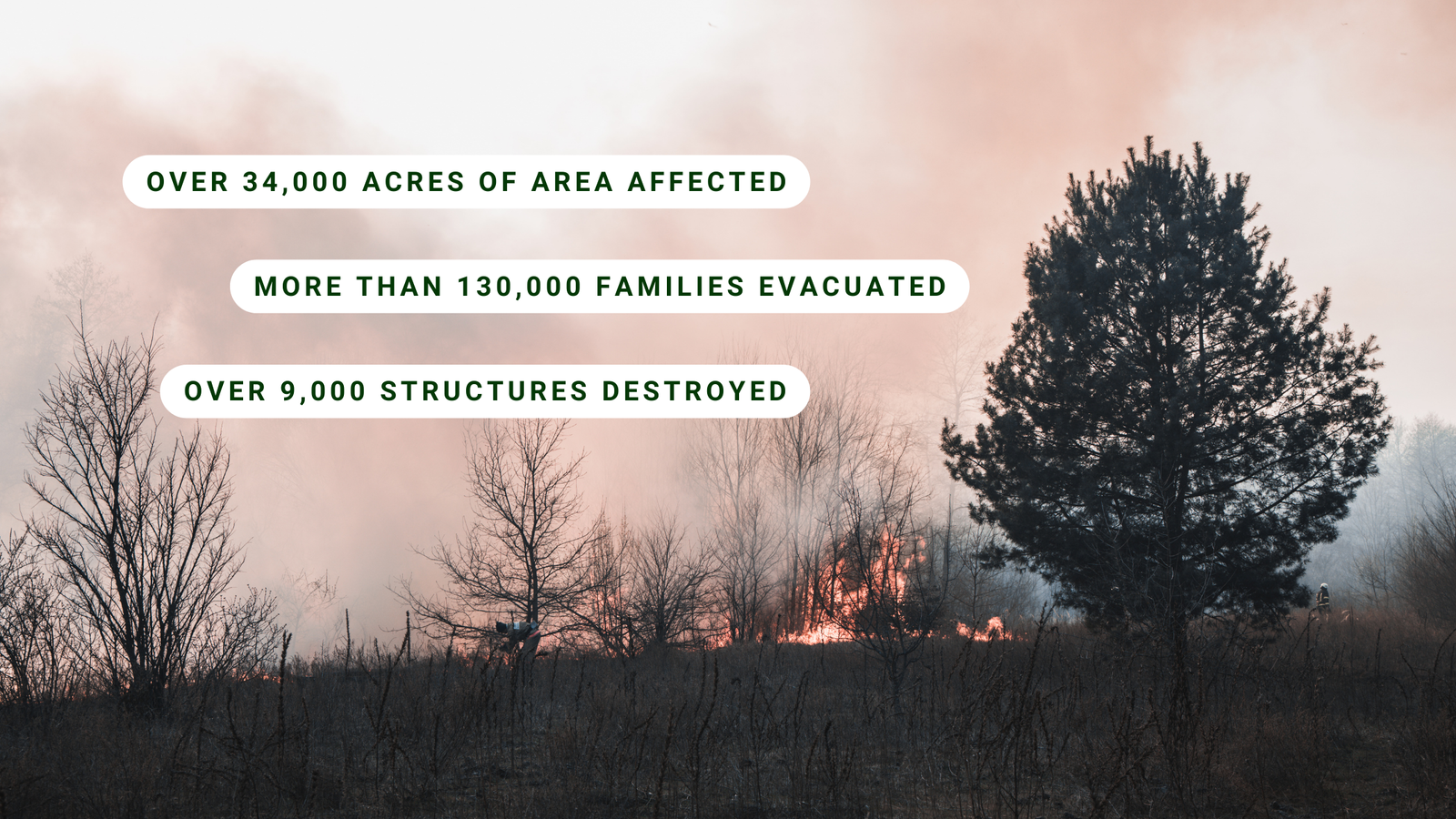
Wildfires affect communities in all aspects of life. From financial and physical to mental traumas, affected communities continue to suffer for years. Environmentally, the landscape gets stripped of vegetation that once supported ecosystems and stabilized soil. The loss of flora and fauna disrupts biodiversity, while scorched soils lead to increased risks of erosion and flooding in the months that follow. Plus, the air, thick with particulate matter, pollutes the environment as well as indoor spaces, causing further health issues for years.
Not to mention, the affected communities have to build their lives all over again. This brings financial as well mental stress. Economically, rebuilding infrastructure, repairing homes, and reviving local economies calls for long-term expenses on the government’s part. Insurance claims soar, often leaving families in financial limbo. Furthermore, small and medium-sized businesses get shuttered. Consequently, this leaves workers unemployed and communities struggling to regain stability.
Additionally, families displaced by the fires face months in temporary shelters, grappling with the loss of their homes and the uncertainty of the future. For children, the upheaval disrupts education and emotional well-being. Evidently, the scars left by wildfires go beyond physical. They’re etched into the collective psyche of those who lived through them.
While some wildfires are naturally occurring, fueled by lightning strikes or dry conditions, the increasing frequency and severity of such events point to a larger culprit: climate change.
How Climate Change Fuels Wildfires
There’s no denying that climate change is worsening extreme weather events, including wildfires. Rising global temperatures have led to hotter, drier conditions, creating an abundance of flammable vegetation. In California, prolonged droughts—the worst in recorded history—have left forests brittle and primed to ignite. High winds, exacerbated by changing atmospheric conditions, have the potential to spark blazes faster and deadlier.
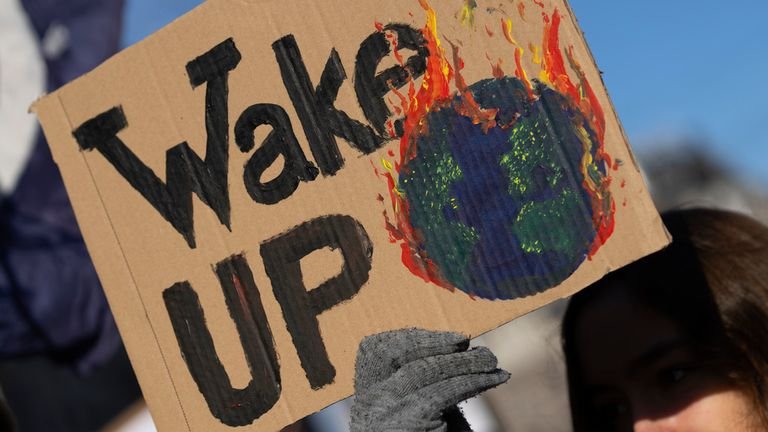
But wildfires are just one piece of the puzzle. Climate change amplifies other extreme weather events: hurricanes grow more intense, heatwaves longer, and floods more devastating. These interconnected disasters compound each other, creating a cycle of destruction that disproportionately affects vulnerable populations.
Concluding Thoughts on the California Wildfire 2025
The California wildfire of January 2025, just like the other recent wildfires, floods, heatwaves and extreme weather events, is a reminder that climate change is at our doors. We need to address it as seriously and immediately as possible.
We can start by educating ourselves and those around us about the climate crisis. Plus, our efforts to reduce carbon footprints and support organizations dedicated to environmental protection are tangible ways to make a difference.
While the road ahead is challenging, stories of human resilience remind us that hope is not lost. Together, we can learn from these tragedies and take steps to prevent future ones.
Take your first step and share this with others to educate them about the issues climate change can cause.
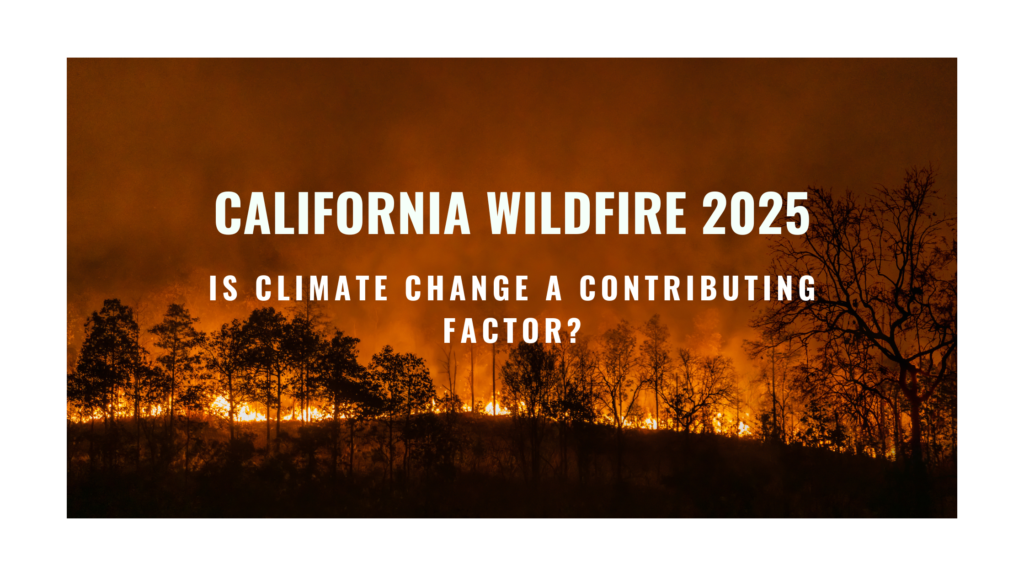
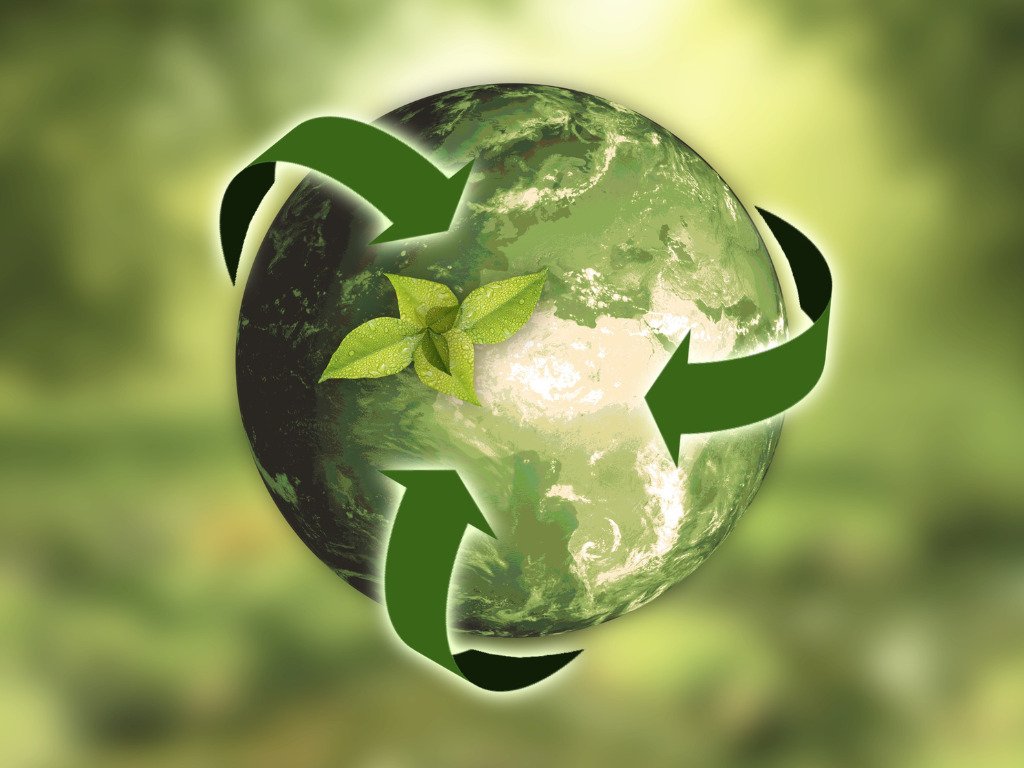
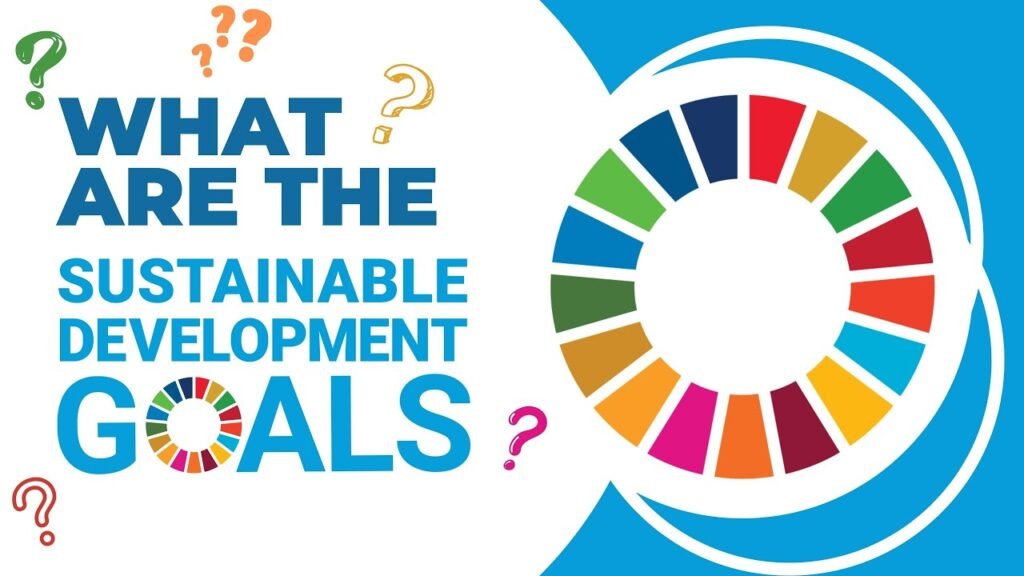
Hi there,
I am completely agree with the thought-flow in this article.
Your way of writing and explaining things always create a push towards the nature.
Thanks
Thank you Rahul. Keep reading 🙂